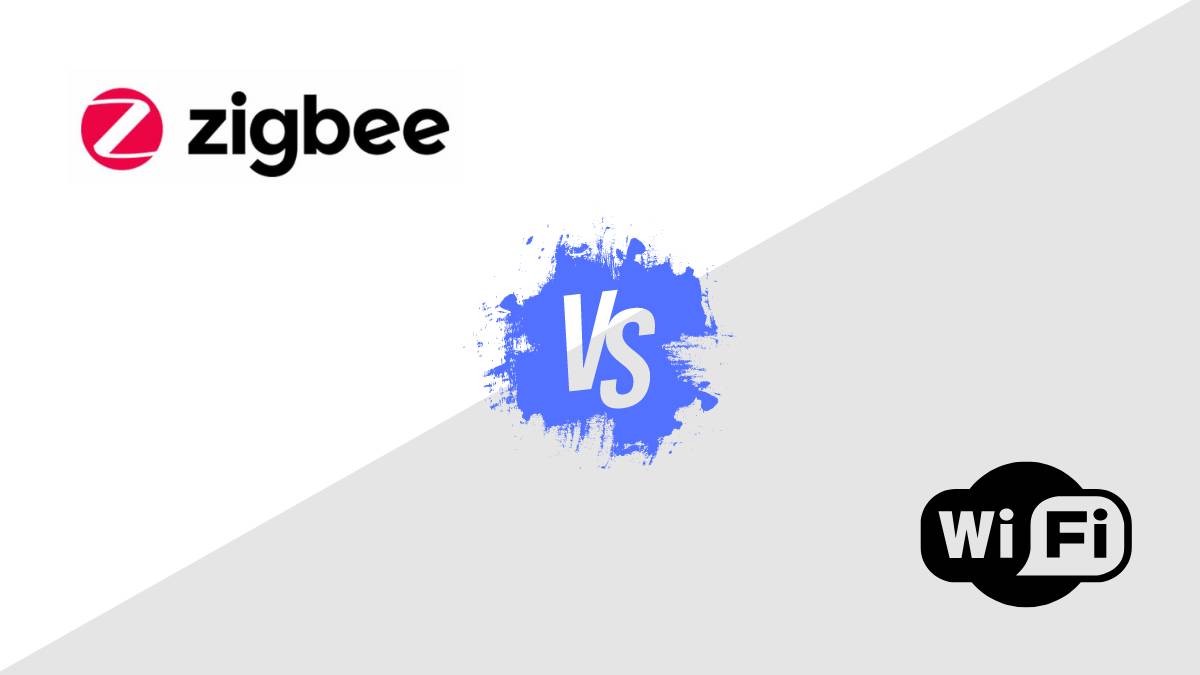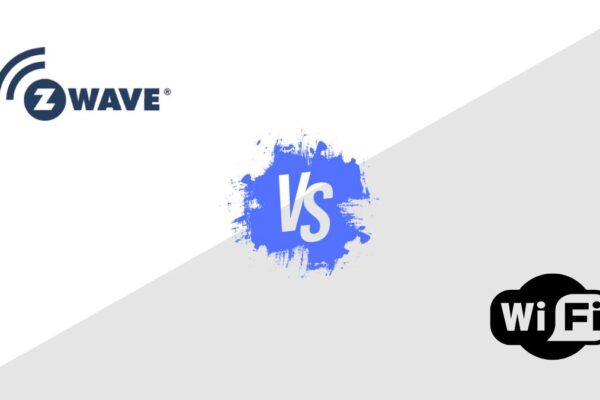Zigbee and Wi-Fi serve distinct but sometimes overlapping roles in our increasingly connected world. Network security specialists, IoT developers, and end-users must understand the differences, advantages, and specific applications of each. This article delves into the technical specifics, security features, use cases, and performance characteristics of Zigbee vs Wi-Fi to provide a comprehensive comparison.
Key Takeaways:
- Technical Specifications: Zigbee operates on low power with low data rates, while Wi-Fi offers high data rates but consumes more power.
- Security Features: Both protocols use strong encryption and authentication, but Wi-Fi supports advanced protocols like WPA3.
- Use Cases: Zigbee is ideal for home automation and industrial applications, while Wi-Fi is preferred for high-bandwidth tasks like internet access and streaming.
- Performance Characteristics: Zigbee excels in scalability and low interference, whereas Wi-Fi provides higher data throughput and broader range.
Overview of Zigbee and Wi-Fi
Zigbee is a low-power, low-data-rate wireless communication protocol based on the IEEE 802.15.4 standard. It is designed for small-scale projects that require wireless control and monitoring. Zigbee is commonly used in home automation, industrial settings, and smart cities due to its mesh networking capability and low power consumption.
Wi-Fi, governed by the IEEE 802.11 standards, is a high-speed wireless communication protocol widely used for local area networking of devices. Wi-Fi provides high data transfer rates and is the backbone of most home and enterprise networks, supporting a broad range of devices from laptops and smartphones to smart appliances.
Also Read:
Technical Specifications
Zigbee:
- Frequency Bands: Primarily operates in the 2.4 GHz ISM band, but also supports 868 MHz (Europe) and 915 MHz (USA).
- Data Rate: Up to 250 kbps at 2.4 GHz.
- Range: Approximately 10-100 meters, extendable through mesh networking.
- Network Topology: Supports star, tree, and mesh topologies.
- Power Consumption: Extremely low, suitable for battery-operated devices.
Wi-Fi:
- Frequency Bands: Operates in 2.4 GHz and 5 GHz ISM bands; newer standards also support 6 GHz.
- Data Rate: Varies from 11 Mbps (802.11b) to several Gbps (802.11ax).
- Range: Typically around 50-100 meters indoors, and up to several hundred meters outdoors.
- Network Topology: Primarily uses star topology with an access point.
- Power Consumption: Higher compared to Zigbee, not ideal for battery-powered devices.
Security Features
Zigbee:
- Encryption: Uses AES-128 encryption for secure communication.
- Authentication: Network and device-level authentication to prevent unauthorized access.
- Security Levels: Provides three security levels—residential, commercial, and industrial.
- Key Management: Utilizes centralized and distributed trust center models for key management.
Wi-Fi:
- Encryption: Supports WPA2 (AES) and WPA3 for strong encryption.
- Authentication: Utilizes protocols like WPA2-Enterprise for secure authentication in enterprise environments.
- Network Security: Includes features like MAC address filtering, SSID hiding, and firewalls.
- Key Management: Dynamic key exchange and robust key management through protocols like 802.1X.
Use Cases
Zigbee:
- Home Automation: Smart lighting, thermostats, security systems, and sensors.
- Industrial Automation: Monitoring and control systems in factories and warehouses.
- Healthcare: Remote patient monitoring and medical device connectivity.
- Smart Cities: Traffic management, street lighting, and environmental monitoring.
Wi-Fi:
- Home Networking: Internet access, streaming, and gaming.
- Enterprise Networking: Office connectivity, VoIP, and secure access for employees.
- Public Wi-Fi: Internet access in public places like cafes, airports, and parks.
- Smart Home Devices: High-bandwidth applications like smart TVs, security cameras, and home assistants.
Performance Characteristics
Zigbee:
- Latency: Typically low, suitable for real-time control applications.
- Scalability: Can support up to 65,000 nodes in a single network.
- Interference: Less prone to interference due to the ability to operate in different frequency bands and robust error-checking mechanisms.
- Mesh Networking: Enhances reliability and coverage by allowing devices to relay messages.
Wi-Fi:
- Latency: Generally higher compared to Zigbee, but still adequate for most real-time applications.
- Scalability: Limited by the capacity of access points and interference in densely populated networks.
- Interference: More susceptible to interference from other Wi-Fi networks and devices operating in the same frequency bands.
- Data Throughput: High throughput suitable for data-intensive applications like video streaming and large file transfers.
Security Considerations
Zigbee:
- Vulnerabilities: Potential for key extraction if physical access to devices is gained; risk of unauthorized access if devices are not properly authenticated.
- Mitigations: Regular firmware updates, strong key management practices, and physical security of devices.
Wi-Fi:
- Vulnerabilities: Susceptible to attacks like de-authentication, man-in-the-middle (MITM), and brute-force attacks on passwords.
- Mitigations: Using strong encryption protocols (WPA3), regular password changes, network segmentation, and intrusion detection systems (IDS).
Zigbee vs Wifi FAQs
What are the primary differences between Zigbee and Wi-Fi?
Zigbee operates with low power and low data rates, ideal for small-scale IoT projects, while Wi-Fi offers higher data rates and is suitable for internet access and high-bandwidth applications.
Which protocol is better for home automation: Zigbee or Wi-Fi?
Zigbee is often better for home automation due to its low power consumption and ability to support a large number of devices through mesh networking.
How do Zigbee and Wi-Fi handle security?
Both protocols use strong encryption methods; Zigbee uses AES-128, while Wi-Fi supports advanced protocols like WPA2 and WPA3 for robust security.
Can Zigbee and Wi-Fi devices coexist in the same environment?
Yes, Zigbee and Wi-Fi can coexist as they operate in different frequency bands and have mechanisms to reduce interference, making it possible to use both protocols in the same environment.
Final Words
Zigbee and Wi-Fi each have unique strengths and are tailored for different applications. Zigbee excels in low-power, low-data-rate applications requiring robust mesh networking and long battery life, making it ideal for IoT devices and home automation. Wi-Fi, with its high data rates and widespread adoption, is the preferred choice for high-bandwidth applications and general internet connectivity.




